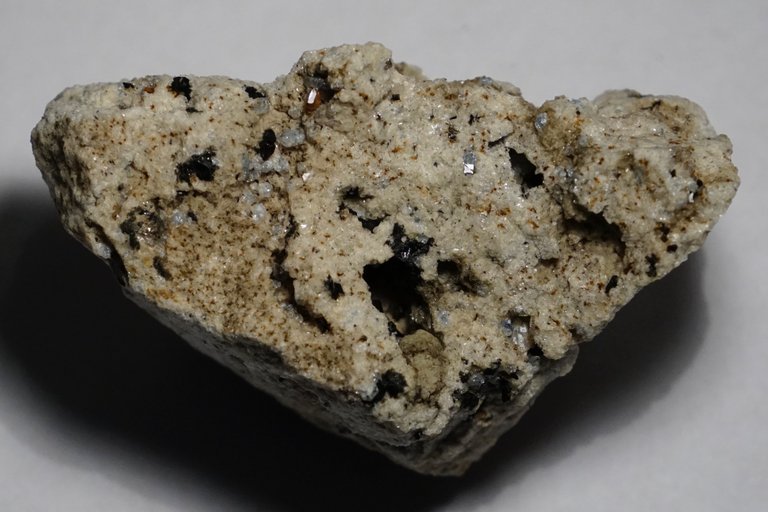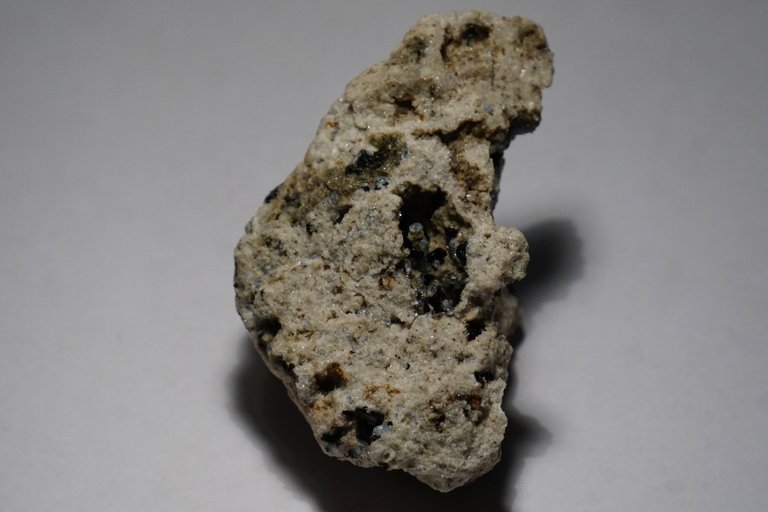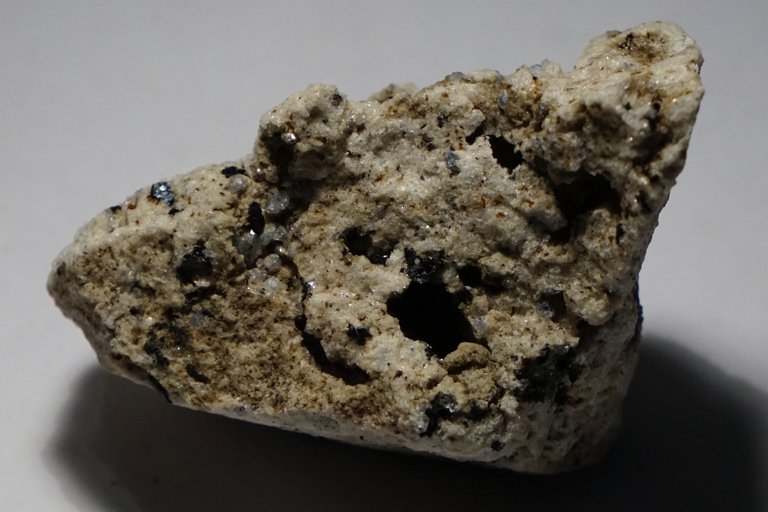Hauyne Mineral
Hey dear Hive Community, first of all I would like to welcome you all to my contribution and hope you have a great start to the new weekend! In this post, I would like to bring you a little closer to an interesting mineral and hope you can expand your knowledge.
A specimen of the mineral Hauyne can be seen here and it is a representative of the mineral class of silicates and can also be counted to the group of sodalite. The first descriptions can be traced back to the beginning of the 19th century and at that time it was still known under the Latialite and named by the Danish mineralogist Tønnes Christian Bruun (1776 - 1824) and the reason for the name change was that it was honored to the French mineralogist René-Just Haüy (1743 - 1822) who I have already mentioned in the past and is also considered the inventor of piezoelectricity. The formation of Hauyne can be traced back to volcanic activities and it usually can be found in the cavities of magma and it forms only very small crystals which usually do not become larger than a few millimeters and are characterized by the huge color diversity. The crystals also often tend to form twins as well as octahedral forms and have a glass-like appearance and the quality varies depending on the place of discovery and due to the rarity it is of great interest especially among collectors and is also processed into jewelry and only transparent or beautiful specimens are processed into jewelry and in addition, Hauyne is considered extremely valuable. From an economic point of view, there is no other use due to the rarity and you can find it everywhere where volcanoes are nearby and it is also often found together with other magmatic minerals such as Leucite, Apatite or Nosean and the best-known places of discovery include Italy, Spain, France, Switzerland, USA, Russia as well as Sweden.
Thank you very much for stopping by and I hope you could learn something new about minerals! I captured these pictures with my Camera Sony Alpha 6000 plus 55-210 mm lens!



Its found in magma cavities so is it came out by lava?
Yes, the formation of the mineral can be traced back to volcanic activities! 🌋
Quite look like mineral is actually rare to come by
It’s true, it’s a rather rarer mineral.
https://twitter.com/jewellery_all/status/1735775891362304161
At first the mineral really look like feaces actually
I’m happy to read your opinion!
https://twitter.com/lee19389/status/1736358904668512562
#hive #posh
https://twitter.com/LovingGirlHive/status/1736697228419539284